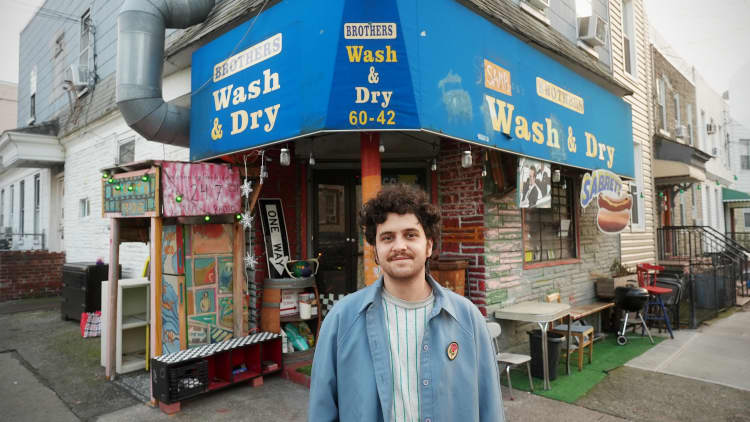A record-setting number of Americans quit their jobs last year. But in doing so, they've left behind inactive 401(k) accounts with average balances of $55,400, a new study reveals.
An estimated 1 in 5 U.S. workers have left behind or forgotten 401(k) retirement accounts, according to estimates by Capitalize, a financial services company. That's a nearly 60% increase compared with 2020.
When you quit your job, you have four options for your 401(k):
- Leave it behind with your old employer
- Cash it out
- Roll it over into an individual retirement account
- Merge it with your new company's 401(k) plan
For many workers, the simplest option is to do nothing and keep the account active with an old employer. It doesn't help that rolling over funds into a new account can also be a "major pain," due to the paperwork involved, says Kevin Brady, a certified financial planner in New York City.
While funds in old 401(k)s can still grow over time, they're typically considered inactive if you're no longer on the payroll.
The problem with inactive 401(k) accounts is that they are easily lost or forgotten over time, especially since most account holders don't regularly update their contact information with old employers. Plus, you could be paying unnecessary administrative fees, including penalties for having a dormant account.
If you consolidate old 401(k)s into a single, active retirement account, like an IRA or new 401(k), it's easier to periodically rebalance your portfolio and make sure your retirement savings are on track. You can also avoid duplicate administrative fees, which can lead to higher overall costs. Your new 401(k) might have better investment options, too.
To consolidate your 401(k)s, you'll first need to track down all of your accounts, including ones you may have forgotten about.
How to find a lost 401(k)
If you think you had a 401(k) with an old employer, contact the human resources department and ask if you have an inactive account. You can also check old 401(k) statements, which should include your plan's account number, as well as the plan administrator's contact information.
There are look-up databases available, too: Start with the National Registry of Unclaimed Retirement Benefits, a secure site where you can search for lost plans using your Social Security number. The National Association of Unclaimed Property Administrators also offers a database that lets you search for plans by your first and last name.
If you're still not having luck, the Department of Labor's abandoned plan database might offer some updated information on plans that have been or are about to be discontinued.
Once you've located your plan, you can ask the administrator for a direct rollover to your new employer's plan, or request a transfer of the funds into an existing IRA. You can cash it out, too, but you'll face income taxes on those funds, as well as a 10% early withdrawal penalty if you're younger than 59½. Experts typically advise against raiding your retirement savings, if you can help it.
In some cases, the amount of money held in your account can affect where the funds end up.
If the funds in your lost 401(k) account total less than $1,000, your old employer is allowed to cash out the account and mail you a check with the remaining balance. If you never received a check, contact your former employer, confirm your mailing address and request that they mail you a new check.
If the funds in your old 401(k) total $1,000 to $5,000, employers are allowed to roll your plan into an IRA on your behalf. If you think your employer rolled over your 401(k) into an IRA, you can use FreeERISA to track it down.
DON'T MISS: Want to be smarter and more successful with your money, work & life? Sign up for our new newsletter!
Get CNBC's free Warren Buffett Guide to Investing, which distills the billionaire's No. 1 best piece of advice for regular investors, do's and don'ts, and three key investing principles into a clear and simple guidebook.



